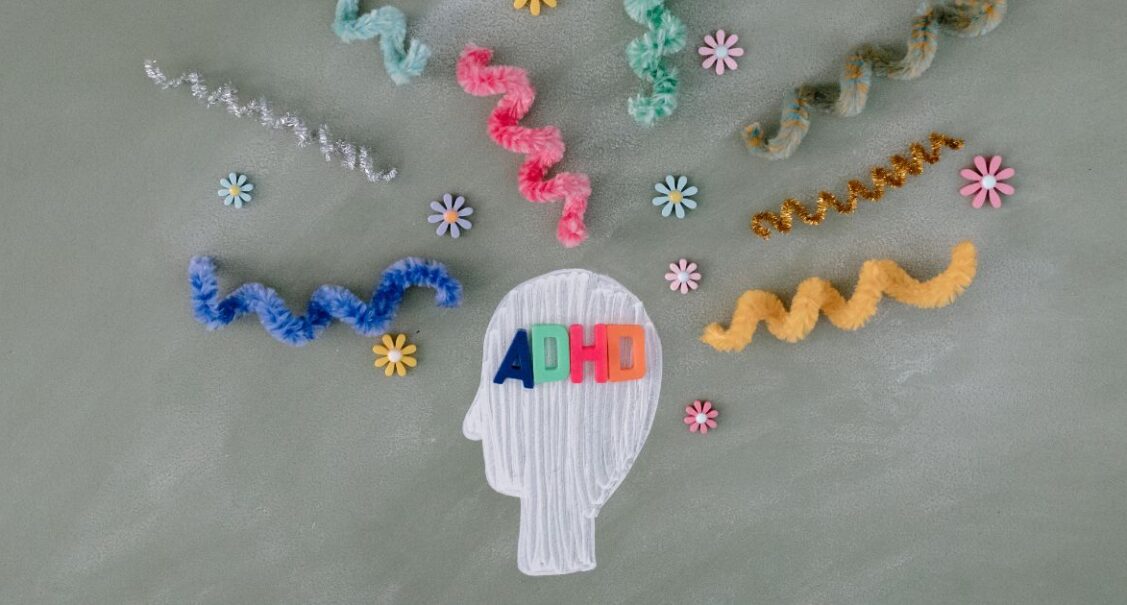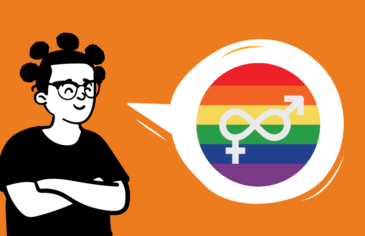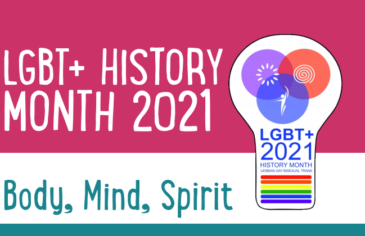Red Balloon of the Air staff member Anabel Stindt has lent her expertise about ADHD to better educate the Red Balloon community.
Supporting People with ADHD
I used to think I was bad at life. Sure, I got good marks at school and university and appeared to be a reasonably well-functioning human being, but my internal world was constantly in turmoil. Then, at the age of 33, I received some life-changing information – I have ADHD.
One of my first thoughts was ‘Wait, you mean I’m not just unreliable and lazy, or slightly stupid?! There’s a reason for all of this?’ The relief was soon followed by doubt; wasn’t ADHD something that only little boys had? Wasn’t this just an excuse for my inadequacies?
ADHD is a really misunderstood condition. Many people have the same mindset as I used to have, thinking it only affects young children and is just about not being able to sit still. That is if they accept it as a condition at all. Far too many people seem to think that it’s just an excuse for a lack of discipline or work ethic. In fact, ADHD, or Attention Deficit Hyperactivity Disorder, is a neurodevelopmental condition that affects more of the population than you might think. Traditionally far more boys have been diagnosed than girls, but it’s becoming clear that ADHD affects girls at a very similar rate. Girls tend to be socialised differently from boys, and so hyperactive behaviour is seen as less acceptable. Often girls work extremely hard to mask their symptoms in order to fit in, and as a result tend to be misdiagnosed or not even noticed. And contrary to popular belief, ADHD is not a childhood condition that we grow out of. Kids with ADHD become adults with ADHD. We just learn to hide it better.
The name itself is actually far from ideal. The implication is that people with ADHD don’t have enough attention, but that’s not quite true. It’s more about a struggle to regulate that attention. And that’s a very different challenge! ADHD is divided into 3 subtypes: predominantly hyperactive presentation, predominantly inattentive presentation (formerly known as ADD), and combined presentation – for those of us lucky enough to have just about all of the symptoms!
Common Misconceptions
When thinking about ADHD, people often picture extreme hyperactivity – never sitting still, never being able to wait for anything, just generally huge balls of energy. There’s also the ‘dreamer’ stereotype, someone sitting in a corner not being able to pay attention to anything for more than 10 seconds or getting distracted every time they see a movement out of the corner of their eye. There is some truth to these ideas, but again, ADHD isn’t about not being able to pay attention so much as not being able to regulate attention.
Parents often argue that their child can’t have ADHD because they can focus for hours on a favourite Xbox game. Introducing, hyperfocus! Turns out, people with ADHD are actually able to focus their attention extremely well, far beyond the average person, but only if it’s something that they’re really interested in. If it’s boring, just forget it. It’s not going to happen.
This can make school excruciatingly painful for some ADHD students. It’s not that they’re not trying, they really are (well, most of the time!), their brains just won’t play along. ADHD people are also often very sensitive to their environments, so when you combine a boring subject with hard uncomfortable chairs, scratchy school uniforms and lots of noise and distraction, it’s a recipe for disaster.
Just like the general population, people with ADHD have varied academic abilities. Some people may naturally find academics easier, and so are able to compensate for some of their challenges, but there’s often still a whole lot of pain and suffering going on. I think most people with ADHD will be familiar with the comments about how much potential they have, and how incredibly they could do if they just put in a bit more effort and focused. If only it were that simple! Most students have something they struggle with at school, but when you have a neurodiverse brain, it often feels like everyone else was given a manual explaining how this life thing worked, and somehow you missed it.
ADHD Should Be Celebrated
Having ADHD is undeniably frustrating and painful at times, and it’s really important to get the support you need. But it’s also a great gift to be celebrated and appreciated. ADHD people tend to be very creative thinkers and often come up with innovative solutions to problems. While they may find planning or other boring tasks excruciating, if they are working on a project they’re interested in, they’re able to hyperfocus and do hours of work with no problem. Often they’ll take a few hours to do what might take a neurotypical person several days. And, perhaps due to the inevitable struggles they have faced, ADHD people tend to have high levels of empathy and understanding for others. They’re also incredibly resilient; they do not like to give up!
At Red Balloon, we know that ADHD is real, and so are the challenges that come along with it. It’s no surprise that many students with ADHD just can’t flourish in a traditional school environment. But we also know that ADHD students can and do achieve great things. Our negotiated curriculum is ideal for the ADHD brain; students can focus on things they really love and learn everything they need to in the process! At Red Balloon, you can make education work for you rather than having to force yourself to fit into a system that just isn’t designed for your brain. And that goes for some of us teachers too!



